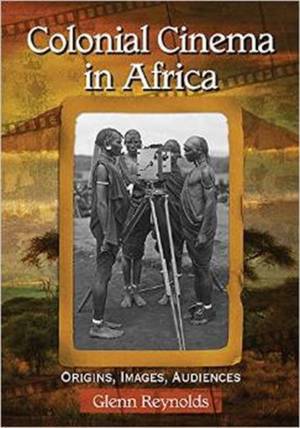
- Afhalen na 1 uur in een winkel met voorraad
- Gratis thuislevering in België vanaf € 30
- Ruim aanbod met 7 miljoen producten
- Afhalen na 1 uur in een winkel met voorraad
- Gratis thuislevering in België vanaf € 30
- Ruim aanbod met 7 miljoen producten
Omschrijving
In recent decades historians and film scholars have intensified their study of colonial cinema in Africa. Yet the vastness of the continent, the number of European powers involved and irregular record keeping has made uncovering the connections between imagery, imperialism and indigenous peoples difficult. This volume takes up the challenge, tracing production and exhibition patterns to show how motion pictures were introduced on the continent during the "Scramble for Africa" and the subsequent era of consolidation. The author describes how early actualities, expeditionary footage, ethnographic documentaries and missionary films were made in the African interior and examines the rise of mass black spectatorship.
While Africans in the first two decades of the 20th century were sidelined as cinema consumers because of colonial restrictions, social and political changes in the subsequent interwar period--wrought by large-scale mining in southern Africa--led to a rethinking of colonial film policy by missionaries, mining concerns and colonial officials. By World War II, cinema had come to black Africa.
Specificaties
Betrokkenen
- Auteur(s):
- Uitgeverij:
Inhoud
- Aantal bladzijden:
- 240
- Taal:
- Engels
Eigenschappen
- Productcode (EAN):
- 9780786479856
- Verschijningsdatum:
- 16/06/2015
- Uitvoering:
- Paperback
- Formaat:
- Trade paperback (VS)
- Afmetingen:
- 178 mm x 257 mm
- Gewicht:
- 408 g

Alleen bij Standaard Boekhandel
Beoordelingen
We publiceren alleen reviews die voldoen aan de voorwaarden voor reviews. Bekijk onze voorwaarden voor reviews.









